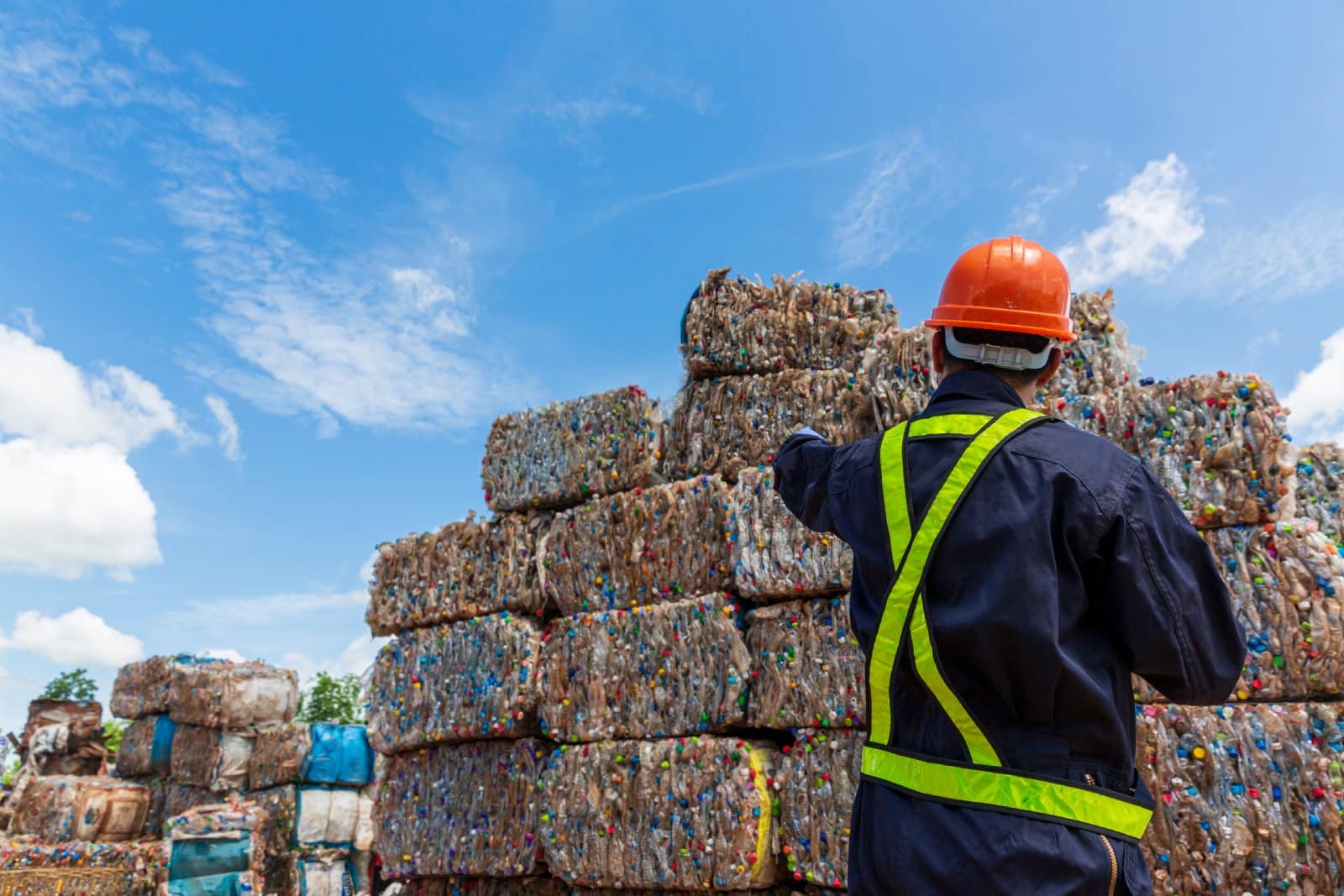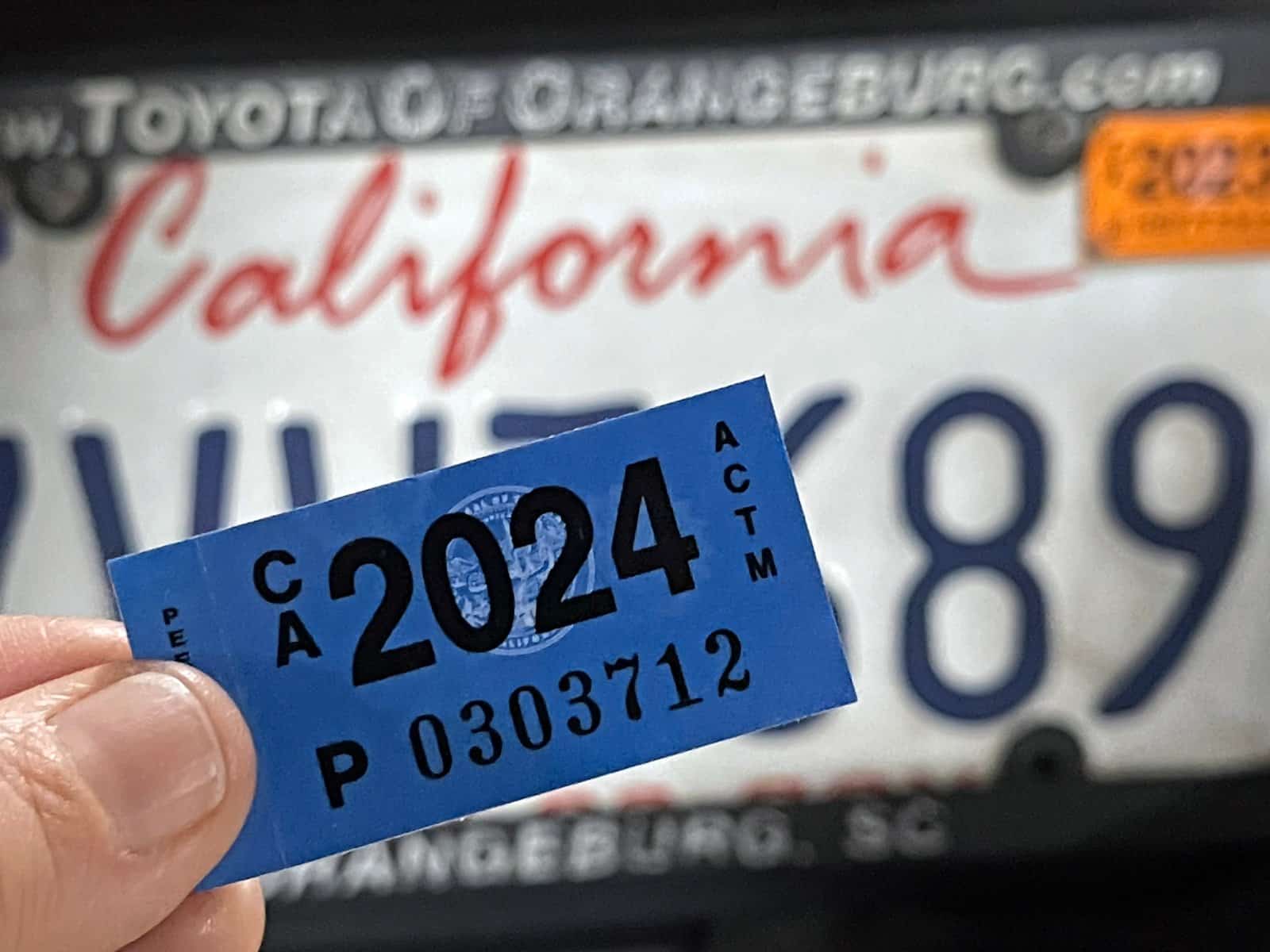In an effort to help the U.S. move towards a greener future, the Biden administration has just published a strategy of how it intends to hit all its goals.
Introduction of National Strategy

This week, the Biden-Harris Administration has introduced the first-ever National Strategy for Reducing Food Loss and Waste and Recycling Organics.
Broader Goals and Ambitions

This ambitious plan, part of the broader National Strategy on Hunger, Nutrition, and Health, is all about cutting food waste, saving Americans money, tackling climate change, and pushing for environmental justice.
Significant Funding Allocated

The administration has thrown over $200 million into research and programs aimed at keeping food out of the trash.
Investment in Research and Programs

They’ve invested $69.2 million through the Agriculture and Food Research Initiative from 2019 to 2023 and another $14.9 million to help food banks distribute surplus food. This kind of funding can make a real difference in getting food to those who need it instead of letting it rot away.
Impact of Food Waste on Families

Did you know the average American family of four wastes about $1,500 worth of food each year? That’s cash going straight into the trash.
Cutting Food Waste by 2030

The administration’s new strategy is an attempt to cut food waste in half by 2030. This means real savings for families and a huge step forward in fighting climate change.
Food Waste and Climate Change

Food waste is a major culprit of methane emissions, which escape from landfills and warm up our planet.
Methane Emissions from Landfills

Currently, 61% of methane from landfilled food waste escapes into the atmosphere, massively affecting global warming. Reducing this waste is a crucial policy for Biden.
Key Policy Objectives

Biden’s strategy is built around four primary objectives: preventing food loss, preventing food waste, increasing the recycling rate for organic waste, and supporting policies that encourage these practices.
Preventing Food Loss:

The USDA has allocated $2.7 million from the American Rescue Plan Act for foundational research, and an additional $1.5 million to establish a Center focused on food loss prevention. Hosting Food Loss and Waste Innovation Fairs has been a key initiative, attracting thousands to learn about new technologies and investments aimed at reducing waste.
Preventing Food Waste:

Community grants and education programs are getting a boost, with $15 million from the American Rescue Plan Act. This will go toward Community Food Projects, grants, and initiatives like the Food and Agriculture Service Learning Program. The FDA is making it easier to donate food safely and has rolled out new guidelines to help retailers manage their food more effectively.
Recycling Organic Waste:

The EPA is using funds from the Bipartisan Infrastructure Law to support recycling and composting projects, with over $83 million allocated so far. USDA’s $30 million in composting agreements is helping local governments come up with creative composting solutions.
Supporting Smart Policies:

Renewed agreements between the USDA, EPA, and FDA are strengthening federal efforts. International collaborations are also in the works to share best practices and effective policies.
Focusing on Disadvantaged Communities

A big part of this strategy is making sure the benefits reach those who need them most.
Justice40 Initiative Benefits

Under the Justice40 Initiative, 40% of the benefits from certain federal investments are directed toward disadvantaged communities negatively affected by environmental and economic challenges.
Environmental and Economic Challenges

These areas are typically the areas hit hardest by pollution and waste. By focusing on these communities, the administration is not just addressing environmental issues but also supporting the most vulnerable populations.
International Cooperation

The administration is working with international organizations like the Commission for Environmental Cooperation and the Organisation for Economic Cooperation and Development. They’re sharing ideas and strategies to fight food waste globally.
Engagement with Food Industry and Communities

The EPA, USDA, and FDA are also ramping up efforts to engage food industry members and communities in these initiatives.
Future Prospects for Reducing Waste

With some crucial agreements in the bag and the introduction of advanced technologies for food traceability, the future looks promising for both reducing waste and improving food safety.
23 Steep Taxes Adding to California Residents’ Burden

California: a place of sunshine, innovation, and, unfortunately, some of the nation’s highest taxes. From LA’s beaches to Silicon Valley’s tech hubs, residents grapple with a maze of state taxes. Here’s a glance at 23 taxes that might surprise both Californians and outsiders. 23 Steep Taxes Adding to California Residents’ Burden
Cash in on Nostalgia: 21 Toys Now Worth a Fortune

Time to dust off the boxes and find that once-cherished toy from your childhood. For collectors and enthusiasts, these items have become valued objects, and they can be worth big bucks – are there any of these in your attic? Cash in on Nostalgia: 21 Toys Now Worth a Fortune
Millennials Don’t Buy These 19 Products Anymore

Millennials are changing consumer habits, quietly replacing once-staple products and traditions. Often criticized for their disruptive preferences, this generation is reshaping the marketplace with digital expertise, ethical buying, and a taste for the unconventional. Millennials Don’t Buy These 19 Products Anymore
The post Biden’s Bold Plan to Slash Food Waste: Can We Save $1,500 Per Family? first appeared on Thrift My Life.
Featured Image Credit: Shutterstock / YASAMIN JAFARI TEHRANI.
The content of this article is for informational purposes only and does not constitute or replace professional financial advice.
